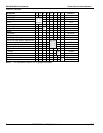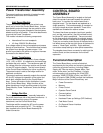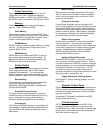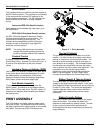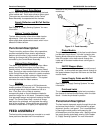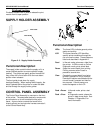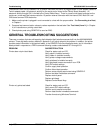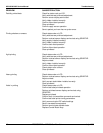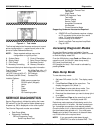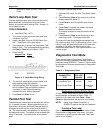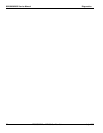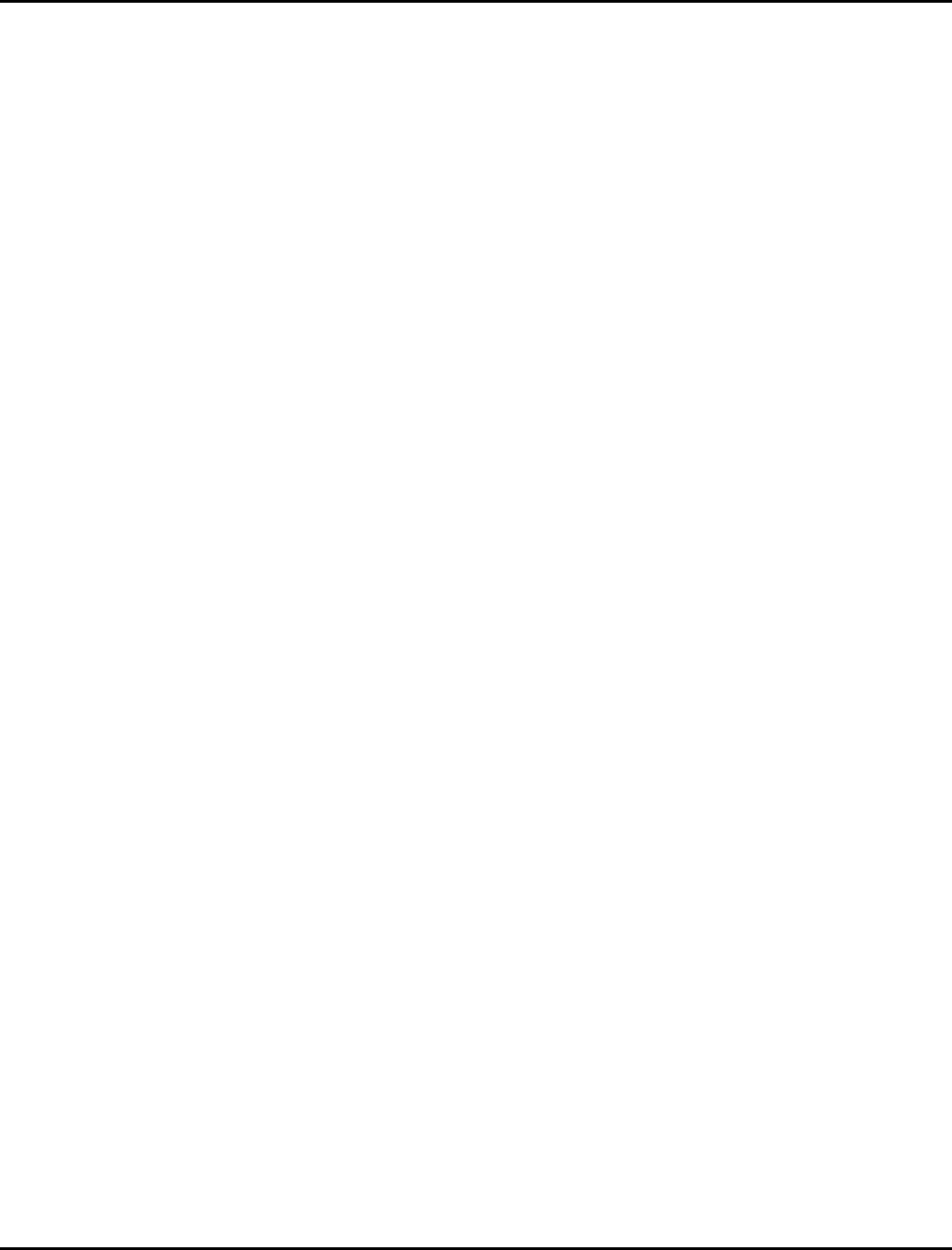
9820/9830/9835 Service Manual Troubleshooting
14 TC9830SM Rev. B 7/98 Confidential July 1998
EVALUATION OF A 754 ERROR (OUT OF RIBBON)
This error occurs whenever the ribbon stops turning. This can happen if the motors are not working, the stock is
binding, the platen is sticky, or if any condition is present that prevents ribbon rotation. Perform the following
procedure:
1. Verify Ribbon Motors are turning. If they are not, check connectors to the Control Board Assy. and the
connections to the motors.
2. Verify Platen Motor is feeding. If is is not, check the connections.
EVALUATION OF A 755 ERROR (PRINTHEAD OPEN)
This error occurs if the printhead is not functioning properly. Perform the following procedure:
1. Ensure the printhead is properly latched.
2. Verify that the magnet is present and inserted properly.
3. Verify that sensor is functioning properly.
EVALUATION OF A 765 ERROR (PRINTHEAD FAILURE)
This error occurs if a dot is out of specification. This error can occur even if print quality is not visibly affected.
Operation can be continued until the problem is corrected. Perform the following procedure:
1. Check connections to the printhead.
2. Check the printhead harness.
3. Check the printhead itself and replace if necessary.
EVALUATION OF THE CONTROL BOARD ASSY.
The following status codes indicate the Control Board Assembly has a fault.
900 RAM Test Failure 905 Illegal Interrupt
901 ROM/EPROM Test Failure 906 Power Failure
902 Timer Failure 907 No Application Memory
903 Interrupt Test Failure 908 NVRAM Checksum Failure
904 No Kernel Memory 910 Warm Restart
1. To determine if this fault is permanent or temporary, turn the printer off, wait 15 seconds then turn the printer on
again. If any of these status codes are repeated, turn off the printer and replace the Control Board Assy.
2. Print a test label. See Test Label (Level 1), in Chapter 4, for instructions on printing a test label.
3. Place the printer in Data Dump mode and send data to the printer.
EVALUATION OF COMMUNICATIONS
If the printer functions properly off-line, examine communications. There are two communication paths for the
printer. The RS-232 serial path uses a 25 position connector. The IEEE-1284 parallel path consists of an external
36 position connector, CN1, and an internal 40 position connector, CN5, that is used to support the Coax/TwinAx
Interface. CN1 also supports an external Ethernet adapter.



